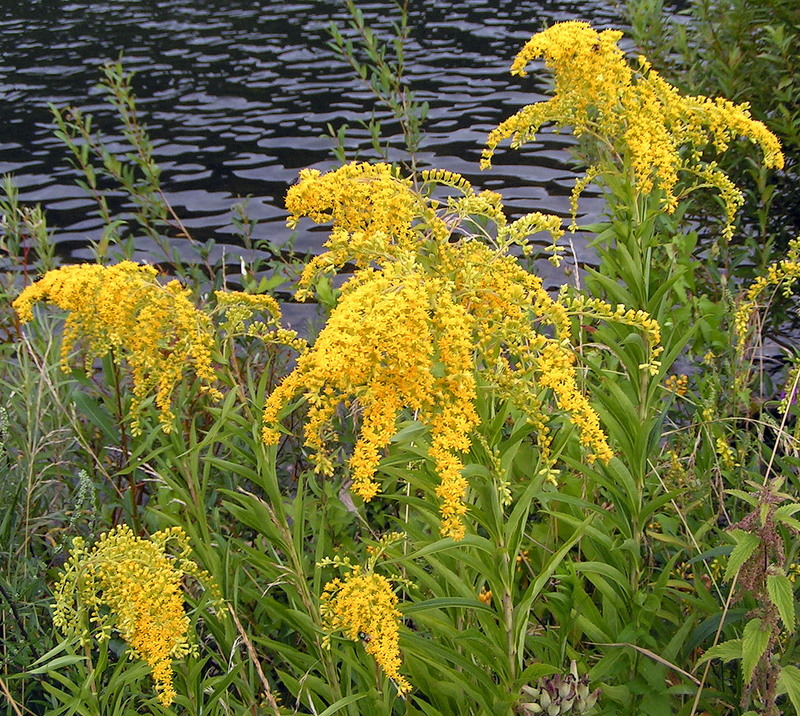Description
Taiwanese photinia, also known as Photinia serratifolia, is a species of flowering plant native to Taiwan. It is a shrub or small tree that can grow to a height of 10-20 feet. The leaves are dark green, glossy, and oval-shaped with serrated edges. The plant produces small white flowers in the spring and red berries in the fall. When flowering, it produces a strong similar to human semen smell.
Taiwanese photinia prefers well-draining soil and partial to full sun exposure. It is winter hardy and can withstand temperatures as low as 10°F when mature. To cultivate the plant successfully, a grower should plant it in a location with sufficient sunlight and water it regularly.
The red berries of the Taiwanese photinia are edible and can be eaten fresh or cooked. They can be stored in the refrigerator for several days after harvest. The plant has been used medicinally in Taiwan for its astringent and antimicrobial properties.
In addition to its medicinal uses, Taiwanese photinia can also provide habitat and food for wildlife. The red berries are a source of food for birds, and the plant can provide cover for small mammals.

